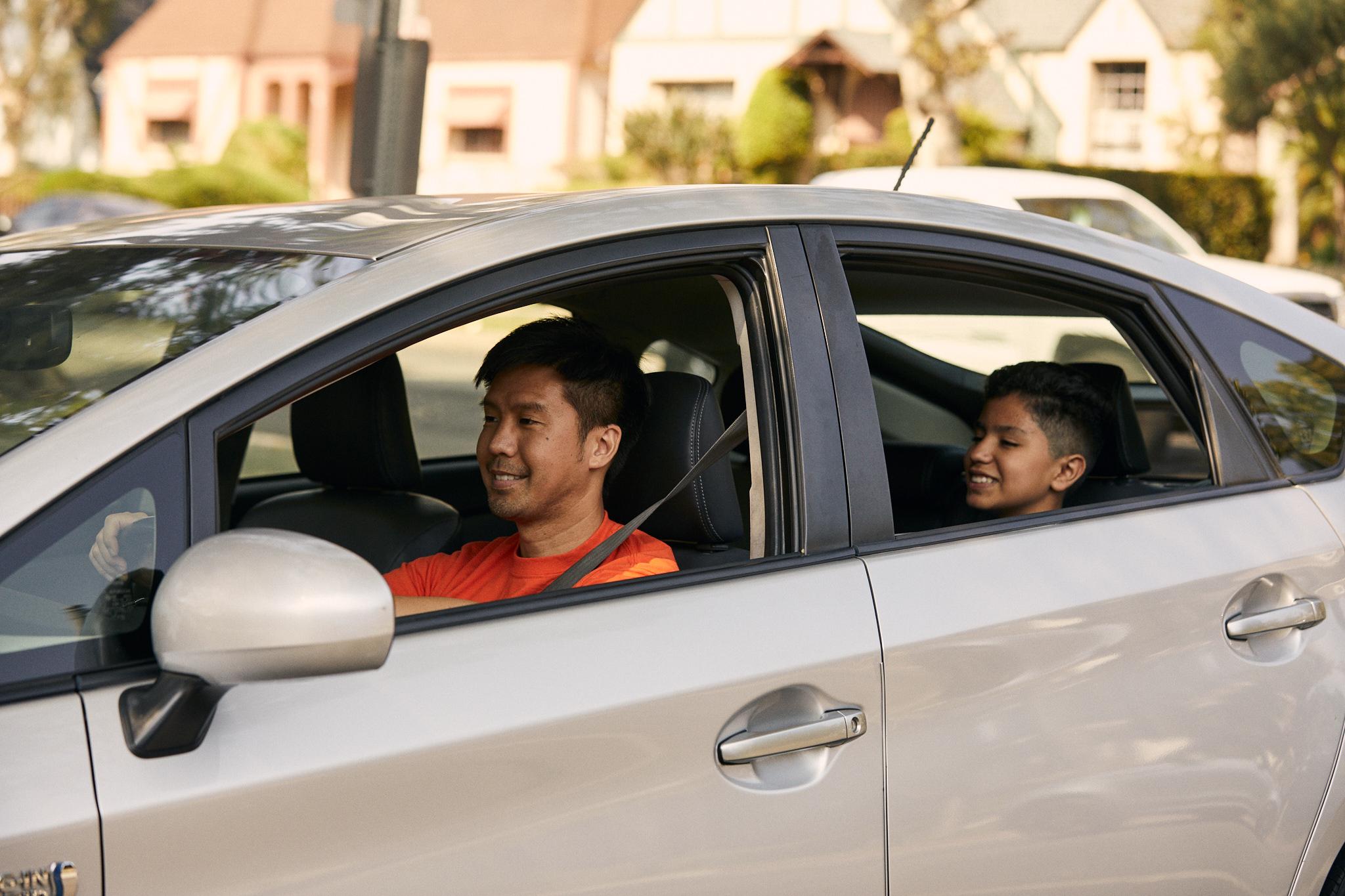High school graduates today are looking for more than just a diploma. They want real-world skills and experiences. However, for many students, a simple logistical challenge — getting there — poses the most significant barrier to success with career and technical education (CTE) opportunities.
The Growing Demand for CTE
Students Want More Career Exploration and Education
A YouScience report confirms what many educators already know: students are eager for career exploration opportunities. Today’s high school graduates wish they had more access to practical, skills-based learning.
39% of 2024 graduates wish they had participated in more CTE courses
38% of 2024 graduates wish they had the opportunity to experience an internship, job shadow, or part-time work
The number of students taking CTE credits continues to grow. Additionally, Education Week reports that enrollment in public two-year colleges with strong vocational programs increased by 13% from 2022 to 2024, accounting for 20% of the total enrollment in those schools. Education Week highlights that some of those seats are occupied by high school students participating in dual enrollment programs.
Students Benefit From CTE
This desire for hands-on learning isn’t just a preference — it’s a proven path to success.
Increased Graduation Rates: Students who concentrate in CTE are 7% more likely to graduate high school on time and 10% more likely to enroll in postsecondary education within two years of graduating compared to their non-CTE peers.
Post-Secondary Success: Many CTE programs are designed to lead to post-secondary credentials. Individuals who earn industry-recognized credentials (IRCs) in fields such as information technology or healthcare often earn a living wage and are more likely to pursue further education.
Higher Earning Potential: Several state-led studies of high school students who concentrate in CTE found high earning potential. For example, CTE students in Massachusetts make $3,359 more in annual earnings seven years after graduation compared to students who didn’t concentrate in CTE.
CTE Participation Benefits Districts and Schools
Beyond preparing students for careers, a strong CTE program offers benefits for school administrators grappling with common district-wide challenges.
Boosted Graduation Rates: Research from 2022 (the latest on this topic) found that the average graduation rate for students concentrating in CTE was nine percentage points higher than the average U.S. graduation rate.
Higher Student Engagement: Providing students with real-world applications for their academic subjects boosts motivation and keeps them engaged in the classroom. This hands-on approach helps students see the relevance of their education, leading to improved student morale and academic performance.
Education Policy Is Trending Towards More CTE
Like students, policymakers are also embracing CTE. In 2024, 40 states enacted a massive 152 CTE policies — the highest number since 2019. States are committed to using CTE to build a stronger workforce and create more opportunities for everyone.
The Transportation Gap: A Significant Barrier to CTE Access
Many CTE programs require students to travel to locations outside of their regular school campus, such as CTE centers, community colleges, or job sites for internships and work-study programs. Traditional school bus routes often can’t accommodate these unique and flexible schedules.
The Maryland State Department of Education recently addressed CTE transportation challenges in a report on CTE, writing, “Whether it is transporting secondary students from their home school to the CTE Technical Center or another location where they are enrolled in a CTE course, getting students to on-the-job training (OJT), or dealing with absenteeism, transportation has proven to be an issue across the state.”
Luckily, HopSkipDrive can help.
How HopSkipDrive Can Help
A HopSkipDrive partnership can provide the following benefits to CTE programs and students:
Access to Off-Campus Opportunities: CTE programs often involve hands-on, real-world experience at off-campus locations. HopSkipDrive can facilitate reliable transportation to these sites, ensuring students don’t miss out on crucial learning opportunities and job experiences due to a lack of transportation.
Flexible Scheduling: CTE students may have varying schedules that don’t align with fixed bus routes. HopSkipDrive’s supplemental transportation model can accommodate these flexible needs, allowing students to arrive on time at their programs, internships, or jobs.
Increased Attendance and Engagement: Removing transportation barriers helps improve student attendance in CTE programs. When students have a reliable way to get to their classes and job sites, they are more likely to attend regularly and stay engaged in their studies.
Support for All Students: The Strengthening Career and Technical Education for the 21st Century Act (more commonly known as Perkins V) prioritizes equity in access to CTE programs for all students, particularly those from underserved populations. HopSkipDrive is designed to support the transportation needs of all students, including those from underserved populations, such as students in foster care, those experiencing homelessness, and those with disabilities.
Tangie C., whose son takes a CTE course at Sacramento Academic and Vocational Academy, told us, “My son uses HopSkipDrive to get to his CTE class once a week, which is over a 30-minute drive from his school. He wouldn’t be able to take part in that class otherwise!”
OD and Azul’s HopSkipDrive Success Story
In the Centinela Valley Union High School District, a partnership with HopSkipDrive helped students OD and Azul thrive. The district’s HopSkipDrive partnership provided them with transportation to CTE classes and off-campus jobs, giving them opportunities they would have otherwise been unable to access.
Watch OD and Azul’s story to see firsthand how a flexible transportation solution can expand educational opportunities for students.
Is your district looking to unlock more CTE opportunities for students?
Get in touch with us today and let’s discuss how a HopSkipDrive partnership can help.



